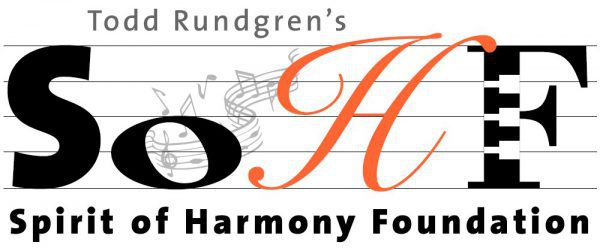Are you interested in starting or revitalizing a music education program in a school or organization?
Here are four tools to help get you started. For each supporting document in the toolkit, we include a .pdf file that can be easily printed, and a (Word) .doc that can be easily edited for your convenience.
- Music Education Program Modeling Worksheet (.pdf), Music Education Program Modeling Worksheet (.doc)
- Messaging and Communications Worksheet (.pdf), Messaging and Communications Worksheet (.doc)
- Finding Your Key Levers Flowchart (.pdf), Finding Your Key Levers Flowchart (.doc)
- Networking & Collaboration Worksheet (.pdf), Networking & Collaboration Worksheet (.doc)
Please see the section below for a detailed description of how each worksheet can be used, and please explore the right-hand column of this site for additional resources.
The following information is designed to provide basic organizing information to help individuals advocate for improvements in music education programming in their schools or organizations.
Getting Started: How to Advocate for Music Education in Your School
Outline the music education program that you want. One of the major reasons that programs tend not to be implemented is that their objectives are vague. Successfully starting and sustaining programs involves not only understanding the strengths and weakness of your current program, but figuring out what changes would make it ideal. For a more comprehensive guide to the outlining process, see the Music Education Program Modeling Worksheet.
Develop your unique message. On this site, you can find a variety of research that illustrates how imperative music education can be in a student’s life. Your message to key decision-makers will be strengthened by your story. While crafting a unique message statement is not always easy, the Messaging and Communications Worksheet below will help you hone in on the details that are most relevant to your students’ needs.
Find out who your “key levers” are. Each school and school district tend to be different in terms of who makes resource allocation decisions. Your “key levers” are the people who can make the decisions to allocate funding or resources for music education programming in your school. These are the people with whom you will need to meet and convey your message. For help understanding who the “key levers” are in general school district structures, please see the attached Finding Your Key Levers Flowchart.
Identify and cultivate your allies. Throughout communities and school districts are individuals who want to see enhanced music education programming in schools. Your goal should be to identify these individuals, discuss your programming ideas, and let them know how they can help you achieve your mission (see Networking & Collaboration Worksheet).
Make the ask. This step is largely considered the hardest part of the deal – asking key decision-makers for what you want. However, once you have identified your “key levers” and carefully crafted your message, you will feel empowered to make the ask. See our Messaging and Communications Worksheet specifically Part III: The Ask, to better understand the how this should look.
“Be Part of the Music” Resources:
Be Part of the Music is an organization that offers a free Tool Kit filled with helpful templates and information for band, orchestra, choral programs, and more, for all age groups. You may also sign up for their updates, targeting the exact type of program or programs you offer.
